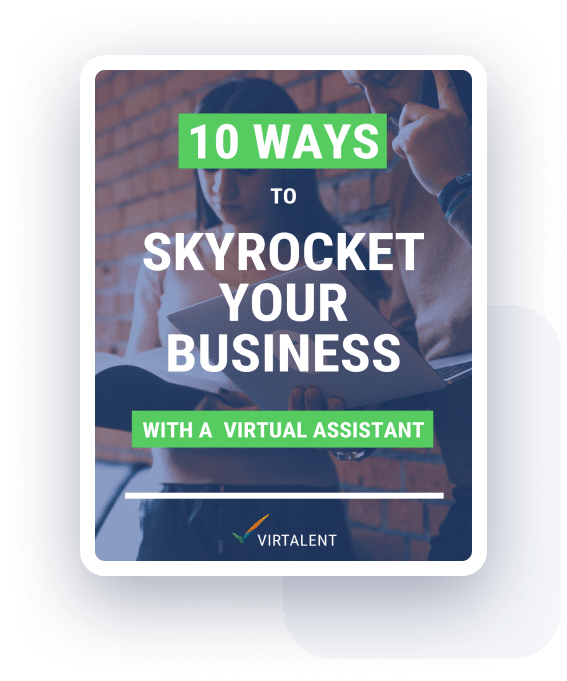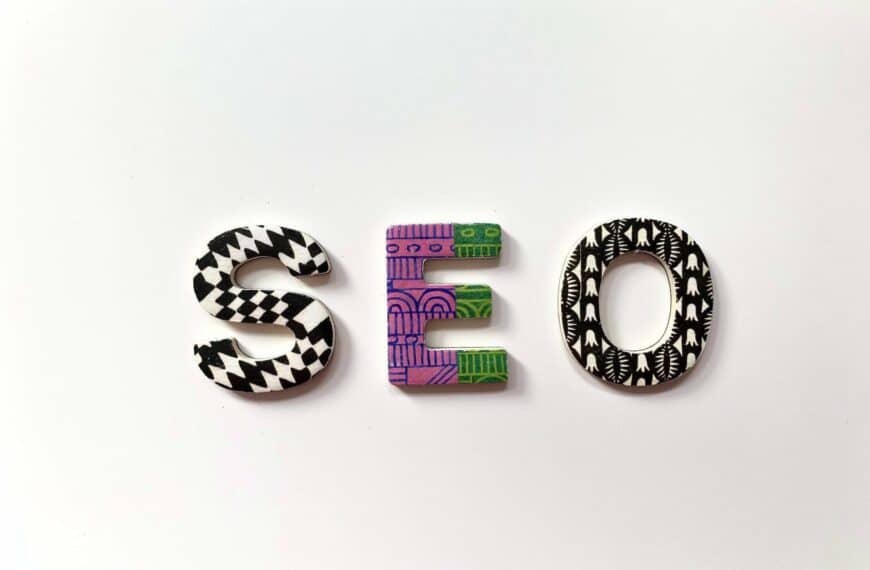Success lies at the heart of every business decision, whether for a new venture or an established enterprise. As businesses work to sustain or accelerate growth, questions inevitably arise. A common focus is on marketing strategies, particularly the possibilities and effectiveness of marketing a business virtually.
Marketing is an essential component of any business, playing a key role in attracting new customers and retaining existing ones. Fortunately, there are numerous strategies to maximise the impact of your marketing budget. The key to successful marketing lies in understanding what to market, how to market it, and where to reach your audience. In this article we are going to explore several forms of marketing. What do they all mean and how do you know which form of marketing is best for you.
Content Marketing
Content marketing involves leveraging published content to build brand awareness and engage with both potential and existing customers. However, it goes far beyond just posting a few blogs. Successful content marketing needs expertise to develop and implement a comprehensive, multi-platform strategy tailored to your audience.
Content should be consistent and provide value to your customers. When using written content, it’s essential to incorporate on-page SEO techniques, such as strategic keyword placement, optimised header tags, and relevant internal and external links, which enhance visibility and engagement. When you think of content marketing, you might think of blogs, website copy, how-to guides, and buyer guides. While these are popular examples, they represent a fraction of the diverse forms that content marketing can take.
Rich media enhances content marketing strategies. They do this by incorporating visually engaging elements like images and videos to capture and retain customers. These dynamic formats not only improve user engagement but also make it easier and faster for audiences to process information effectively. Skilled content professionals leverage marketing tools for great results. They generate leads, boost website traffic, attract inquiries, and drive sales. All while cultivating brand trust and meaningful engagement.

Social Media Marketing
Social media marketing has become a prominent form of content marketing, seeing significant growth in recent years. This surge is driven by the number of people turning to social media to access information, voice opinions, and connect with others.
Effective social media marketing requires strategy, tailored to the unique characteristics of each platform, whether it’s Facebook, LinkedIn, Twitter, or others. Every business has distinct needs, tone, content style, and an overall strategy which reflects those differences. Factors such as target audience, business goals, company values, and the purpose of your messaging will shape where you post, how often, and the type of content that resonates with your audience.
PPC Advertising
PPC (Pay-Per-Click) advertising enables businesses to pay and get their websites, content, or products in front of targeted audiences. Popular PPC platforms include Google Ads, Amazon, and social media networks. Google Ads allow you to place advertisements on relevant websites, directing potential customers to your site, promoting engagement.
Google Ads operate by allowing you to set a budget for specific keywords that potential customers are likely to search for. These keywords should be relevant to your website. Social media PPC helps to deliver tailored content directly to your target audience by using advanced targeting tools. By selecting specific content and defining your target groups, ensures your message reaches the right people.
Amazon PPC operates similarly by showcasing sponsored products to customers searching for specific terms. It’s a great way to promote products in competitive markets or those with lower rankings in Amazon’s algorithm. This way you can ensure the targeted customers most likely to purchase or engage.
Print Publishing
Print media marketing is a popular form of traditional marketing. It includes any material that is physically printed, such as newspapers, magazines, and brochures. These forms of print media can be used to promote products and services.
Some local authorities publish monthly or quarterly newsletters or brochure-style booklets distributed in the relevant areas. These can feature advertisements from various local businesses, making them an effective form of locally targeted print media marketing. Similar strategies can also be applied to advertising in local newspapers.
Although traditional print media advertising has declined, it remains valuable for certain businesses. Particularly B2B companies that provide services to other businesses. One key advantage is the continued popularity of trade magazines. Most industries have dedicated trade publications that are widely distributed to professionals within their field. These magazines offer opportunities for businesses to place advertisements, request editorials, and increase their exposure.
While many print publications have moved to digital formats, print versions can still be found. For certain audiences, nothing compares to the experience of holding a physical advertisement. Additionally, print advertising is often bundled with digital ad placements on corresponding websites, making these packaged deals a two in one.
Television Adverts
Television advertising, a classic form of traditional media, has been a staple for decades, with commercials airing between shows. However, as media consumption increasingly shifts to digital platforms and on-demand services, TV ads aren’t as lucrative as they once were. Depending on your target audience, advertising on platforms like YouTube or other on-demand services can offer a better investment.

Radio Advertising
Radio advertising remains a popular choice for businesses, particularly locally. These stations, available in most areas, offer an effective way to target specific regions, helping businesses to promote their products and services in a particular area.
Many radio stations have in-house teams dedicated to creating advertisements, including catchy jingles. Since radio is often listened to during commutes, it presents a valuable opportunity to capture the attention of a audience, making it an effective platform for promoting your business.
Direct Marketing
Direct marketing is different because it’s not defined by how the message is delivered but by its focus of selling directly to the consumer. This approach includes various methods such as post mail, sales calls, coupons, SMS messages, and infomercials. All of which are designed to elicit immediate responses.
All these methods share something in common: driving customers to make a purchase after their interaction. Sales calls often conclude with either a scheduled appointment or a direct sale. Mailers, like catalogs, encourage recipients to call and place orders. Infomercials showcase offers which prompt viewers to act by calling in to purchase. SMS messages include direct links to product and service pages. With bulk SMS, businesses can reach a wider audience instantly, maximising their sales potential.
Virtual Marketing
Virtual marketing, often referred to as digital or viral marketing, uses a range of strategies within the digital space. Unlike traditional methods, its presence is primarily online rather than physical. If it’s marketing that occurs through a computer, smartphone, or tablet, it likely falls under the virtual umbrella. However, there is another possible interpretation of the term. Virtual marketing could also refer to marketing carried out by someone working remotely. For instance, you might hire a Virtual Assistant to handle marketing tasks and other related responsibilities.
Virtual marketing is gaining popularity alongside the global rise of social media platforms. popular and common forms include content marketing, social media marketing, and pay-per-click (PPC) advertising. Virtual marketing encompasses a wide range of specialised strategies, each offering unique benefits. These include email marketing, search engine optimisation (SEO), data analytics, and user experience (UX) design, among others, all requiring specific expertise.
Do you want to find out more about the types of marketing there are and how virtual marketing can help your business? Visit our services page for a comprehensive list.







